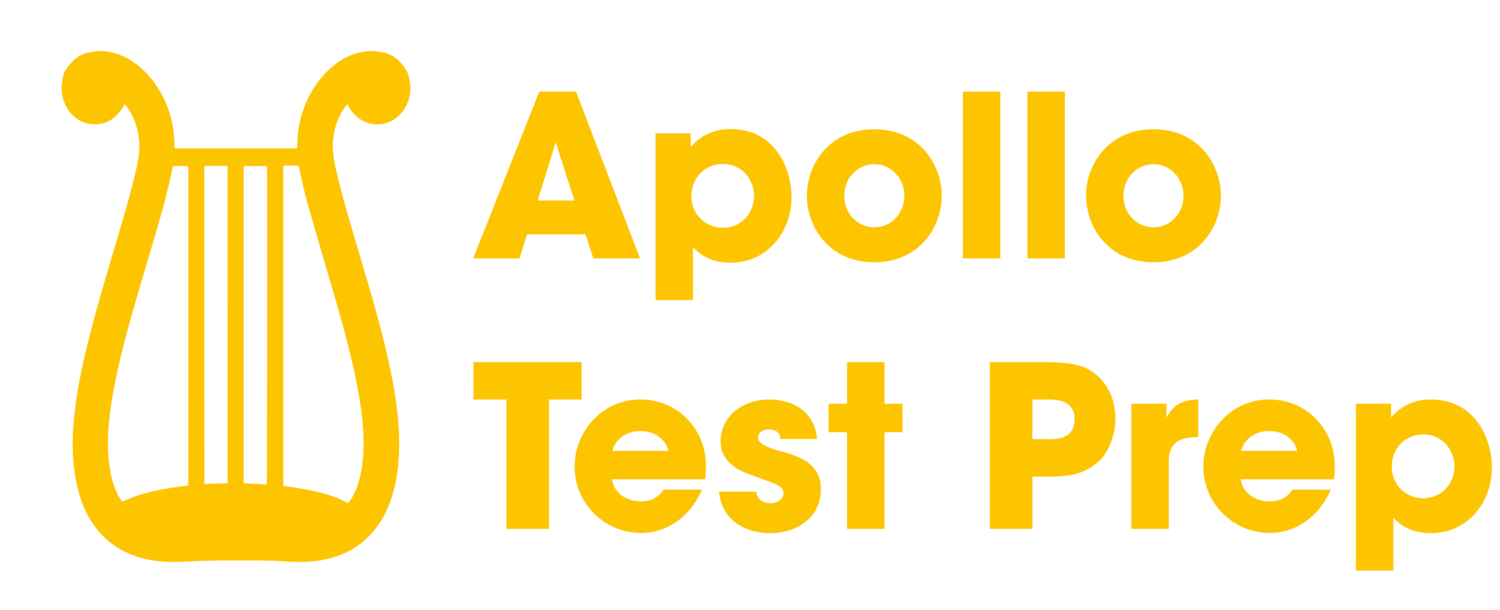LSAT Explanation PT 26, S2, Q15: Editorialist: Society is obliged to bestow
LSAT Question Stem
The editorialist's argument is most vulnerable to criticism on the ground that it
Logical Reasoning Question Type
This is a Flaw question.
Correct Answer
The correct answer to this question is C.
LSAT Question Complete Explanation
First, let's analyze the argument in the passage. The editorialist claims that society is obliged to grant the privileges of adulthood to its members once they are mature enough to accept the corresponding responsibilities. The editorialist then states that science has established that physiological development is completed in most persons by age seventeen. Based on this, the editorialist concludes that there is no reason not to grant seventeen-year-olds all of the privileges of adulthood. The argument's structure is as follows:
1. Premise: Society should grant the privileges of adulthood to members who are mature enough to accept the corresponding responsibilities.
2. Premise: Science has established that physiological development is completed in most persons by age seventeen.
3. Conclusion: There is no reason not to grant seventeen-year-olds all of the privileges of adulthood.
To help understand this argument, let's use an example. Imagine a group of people who are allowed to drive a car only when they are physically strong enough to control the vehicle and mentally capable of understanding traffic rules. The editorialist is arguing that since most seventeen-year-olds have developed the physical strength to control a car, they should be allowed to drive. However, the argument misses the mental capability aspect, which is crucial to determining if someone is ready to drive.
An "Evaluate" question for this argument could be: "Is physiological development the only factor that determines whether a person is mature enough to accept the responsibilities of adulthood?"
Now, let's discuss the question type and answer choices. The question type is a Flaw question, asking us to identify the vulnerability in the editorialist's argument.
a) The argument doesn't assume what it is trying to prove. It uses the premise of physiological development being completed by age seventeen to support the conclusion. This answer choice is incorrect.
b) The argument doesn't hastily generalize from a few examples. It relies on the claim that science has established the completion of physiological development in most persons by age seventeen. This answer choice is incorrect.
c) This answer choice is correct. The editorialist equivocates with respect to the central concept of "maturity." The argument conflates physiological development (physical maturity) with being mature enough to accept the responsibilities of adulthood (behavioral/psychological maturity). These two concepts are not necessarily the same, and the argument fails to establish a clear connection between them.
d) The argument doesn't too readily accept a claim by appeal to inappropriate authority. Science is an appropriate authority for determining physiological development. The flaw lies in equating physiological development with the maturity required for accepting the responsibilities of adulthood. This answer choice is incorrect.
e) The argument doesn't ignore the fact that some people are mature at age sixteen. The focus of the argument is on the maturity of most seventeen-year-olds, not on the exceptions. This answer choice is irrelevant and incorrect.
In conclusion, the correct answer is C, as the editorialist's argument equivocates with respect to the central concept of maturity, conflating physiological development with the maturity required to accept the responsibilities of adulthood.
